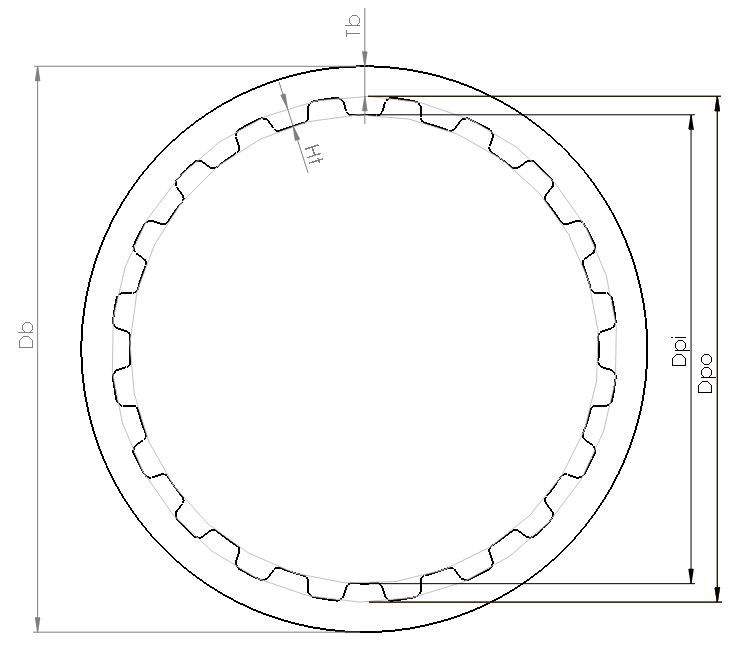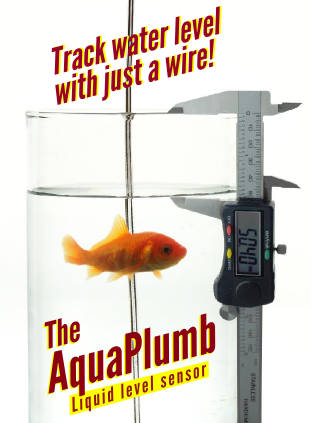Timing Belt Pulley Design Calculator
See our other Engineering Calculators.The dimensions on timing belt pulleys are not inherently intuitive. Normally the belt is wrapped around two pulleys with 180° of the belt touching each of the two pulleys. It's easier to visualize the necessary dimensions if you imagine a smaller belt that is just big enough to fully wrap a single pulley 360° Think of the pulley and the belt as being merged into a single unit, where the teeth of the pulley complement and fill up the teeth of the belt, such that there are no gaps.
In this configuration, both the pulley and the belt have the same number of teeth. You can see with this configuration that the outer dimension of the belt is the pitch diameter, and the outer circumference is a multiple of the belt's tooth pitch, and that the pulley's outer diameter is smaller than the pitch diameter by 2 times the belt's minimum thickness.

We can form the following definitions and equations:
N= Number of teeth on pulley.
P= Pitch of Belt.(distance between teeth)
Cb= circumference of belt.
Db= Diameter of belt.
Dpo= Outer Diameter of pulley.
Dpi= Inner Diameter of pulley.
Tb= Thickness of belt, measured from tooth valley to the flat side of the belt.
Ht= Height of the tooth on the belt.
Cb= N*P
Db= Cb/&pi
Dpo= Db- 2*Tb
Dpi= Dpo- 2*Ht
Be consistent with your units when entering data into the calculator.

